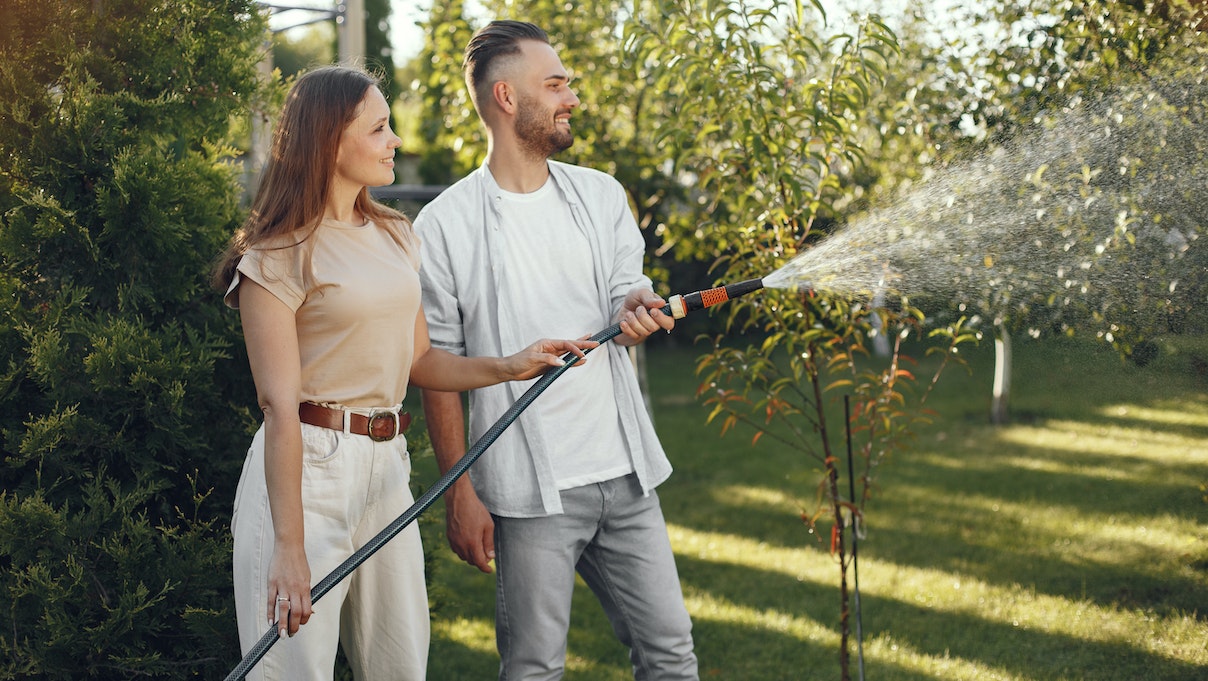Plants’ needs for water vary depending on where they are in their growth cycle. Young plants require less water than adult plants do, who need more water. In addition, the frequency of irrigation changes depending on the season, with plants requiring more water during the hot summer months and less during the cooler months. This can be particularly difficult when working with little containers or pots that have a lot of vegetation in them.
Irrigation Frequency
To avoid the risk of underwatering or overwatering plants, it is best to check the soil to determine if watering is necessary. In containers, check the soil by pushing a finger into the soil to the second knuckle and water if the soil is dry. For planting beds, check the soil at a depth of 3-4 inches by slipping a trowel into the soil. When watering, soak the soil about 8 inches deep for planting beds and use automatic irrigation for large planting areas.
Water Wisely
To maximize irrigation, adopt conservative watering practices. This includes reducing runoff by using soaker hoses and drip irrigation systems, which apply water directly to the soil. Water early in the day to reduce evaporation losses, and use water-retention crystals mixed into the soil to slowly release moisture to roots. Avoid windy conditions during watering, as it can cause water to be blown off target and wick water from plants through leaves. Set systems to deliver water during calm periods.

Apply Mulch
To reduce water evaporation, maintain a 2- to 3-inch-deep mulch layer in planting beds. Add plants in areas that take advantage of your yard’s natural attributes. Inspect automated irrigation systems seasonally to ensure lines aren’t clogged or ruptured. Reset timers to ensure water is delivered according to moisture needs. Install a hose-end watering wand with a shutoff valve to stop water flow when dragging the hose.
Capture Rain
Add rain barrels to downspouts to make the most of wet days, especially near your gardens. To prevent flooding your foundation (and even your basement), make sure the barrel overflow drains away from your house.
Drought-Tolerant Color
Several annual plants that require minimal watering can thrive in planting beds. However, in containers, these same plants will need to be watered more frequently due to the quick-drying nature of the soil. Here are some excellent annual options for dry areas in your garden.
Conclusion
Proper watering is crucial to keeping plants healthy and thriving. By following the tips outlined in this article, you can ensure that your plants get the right amount of water they need to grow strong and beautiful. Remember to pay attention to the soil moisture, adjust watering frequency based on the season and plant growth stage, and use the appropriate watering methods to minimize water waste. With a little care and attention, you can keep your plants happy and healthy for years to come.




